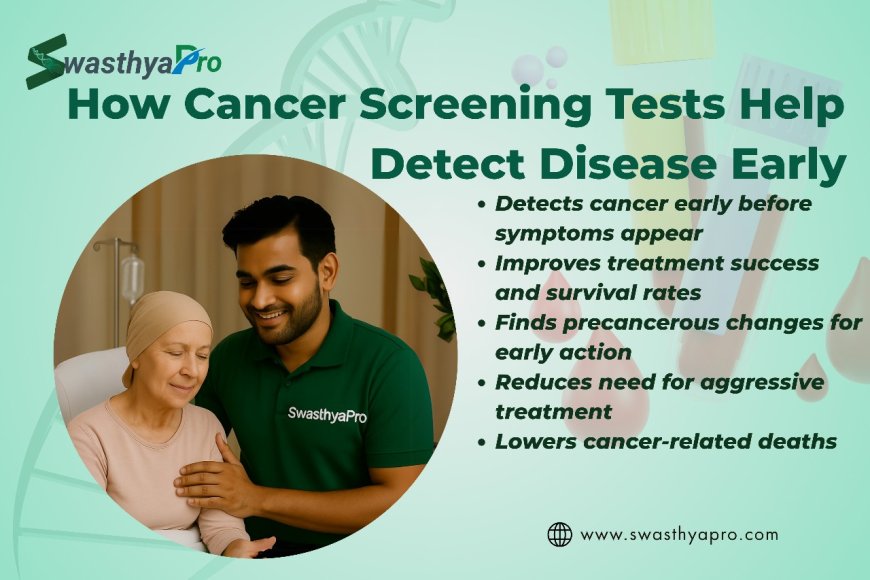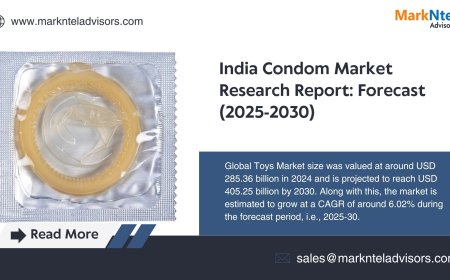Men vs. Women: How Cancer Screening Tests Differ by Gender

When it comes to disease prevention, men and women share many common risks but when it comes to a cancer screening test, biology plays a major role. Gender differences influence not just what types of cancer are likely, but also when and how they should be detected.
Understanding how cancer screening tests differ for men and women helps ensure personalized care, better awareness, and earlier detection. In this article, we explore the unique needs, timelines, and screenings that each gender must pay attention to.
Why Gender Matters in Cancer Screening Tests
Men and women have different hormonal systems, reproductive organs, and cancer risk profiles. As a result:
-
Women face higher risk for breast and cervical cancer.
-
Men face higher risk for prostate and testicular cancer.
-
Screening recommendations vary in age, frequency, and method.
Lets break down how each cancer screening test applies based on gender.
Cancer Screening Tests for Women
Women have a broader range of regular screenings, especially during their reproductive years.
1. Pap Smear & HPV Test (Cervical Cancer)
-
Who: All women starting at age 21.
-
What: A cancer screening test that checks for abnormal cervical cells.
-
Frequency:
-
Pap smear every 3 years (2129).
-
Pap + HPV co-testing every 5 years (3065).
-
Why it matters: Cervical cancer can often be prevented with early detection of pre-cancerous changes.
2. Mammogram (Breast Cancer)
-
Who: Women aged 40 and above (or earlier if high-risk).
-
What: A low-dose X-ray to detect breast tumors.
-
Frequency: Every 12 years depending on age and risk.
Why it matters: A mammogram is the most critical cancer screening test for women, significantly improving survival rates when done regularly.
3. Ovarian Cancer (High-Risk Only)
-
Who: Women with BRCA mutations or strong family history.
-
What: Transvaginal ultrasound and CA-125 blood test.
-
Frequency: As recommended by a specialist.
Note: There is no standard cancer screening test for ovarian cancer in low-risk women.
Cancer Screening Tests for Men
Men have fewer regular screenings, but they are crucial especially later in life.
1. PSA Test (Prostate Cancer)
-
Who: Men aged 50+ (or 45+ if high-risk).
-
What: A cancer screening test measuring PSA levels in blood.
-
Frequency: Every 12 years, based on results and risk.
Why it matters: Prostate cancer is often symptomless in early stages. PSA screening helps monitor and manage prostate health over time.
2. Testicular Exam (Testicular Cancer)
-
Who: Young men, ages 1540.
-
What: Monthly self-exams and clinical checkups.
-
Frequency: Yearly check-ups; self-exam monthly.
Why it matters: Testicular cancer is rare but strikes young. Its often discovered accidentally early detection equals high recovery rates.
3. Colonoscopy (Colorectal Cancer)
This cancer screening test applies equally to both men and women, starting around age 45. However, men have a slightly higher risk and may benefit from earlier or more frequent screenings based on family history.
Common Cancer Screening Tests for Both Genders
While some tests are gender-specific, others apply to everyone:
1. Skin Cancer Screening
-
What: Full-body skin checks for suspicious moles or lesions.
-
Who: Men and women with fair skin, sun exposure, or family history.
-
Frequency: Every year or as needed.
2. Oral Cancer Screening
-
What: Visual and physical exam of the mouth, tongue, and throat.
-
Who: Smokers, heavy drinkers, or people with HPV history.
-
Frequency: During annual dental check-ups.
3. Lung Cancer (Low-Dose CT Scan)
-
What: A cancer screening test using CT imaging to detect lung nodules.
-
Who: Men and women aged 5080 with a heavy smoking history.
-
Frequency: Annually, if criteria are met.
Gender Bias in Cancer Screening Awareness
One concerning fact: men are less likely to go for routine cancer screening tests than women. Cultural attitudes about toughness or denial often delay detection.
-
Women are more likely to get Pap smears and mammograms due to routine gynecological visits.
-
Men may avoid PSA tests or colonoscopies out of fear, discomfort, or misinformation.
Awareness must be gender-specific but action must be universal.
Final Thoughts
A cancer screening test isnt a one-size-fits-all solution its a gender-informed, personalized approach to staying alive and healthy. Both men and women have unique biological risks, and each should follow age-appropriate, evidence-based screening guidelines.
? Know your gender-specific risks
? Start screening at the right age
? Stay consistent even when you feel fine
? Dont let fear delay what could save your life
Because when it comes to cancer, early detection doesnt just change outcomes it defines them.


































